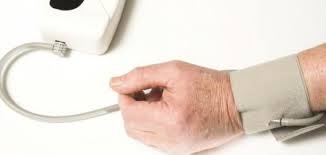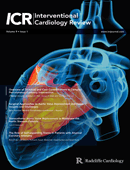Advances In The Treatment Of Cardiovascular Disease

Cardiovascular disease is the leading cause of deaths worldwide. An estimated 17.3 million people died from CVDs in 2008, representing 30% of all global deaths. Of these deaths, an estimated 7.3 million were due to coronary heart disease and 6.2 million were due to stroke. By 2030, almost 23.6 million people will die from CVDs, mainly from heart disease and stroke. These are projected to remain the single leading causes of death. For the treatment of patients with MIs and ischaemic cardiomyopathies, remarkable medical advances have been made during the second half of the 20th Century that have increased patient survival. As a consequence, patients with cardiovascular disease are living longer and the incidence of congestive heart failure in patients is significantly increasing. New treatments for patients with acute MI and ischaemic cardiomyopathies are needed.
In this regard, the next major advance in the treatment of patients with cardiac disease promises to be cardiology stem cells and stem cell products. Currently, basic research scientists and clinicians worldwide are investigating human embryonic stem cells, skeletal stem cells (myoblasts), adult bone marrow stem cells, cardiology stem cells and human umbilical cord stem cells for the treatment of patients with MIs and ischaemic cardiomyopathies. Whilst important progress is occurring in the use of stem cells for cardiac repair, the most optimal stem cell(s) for treatment of patients with infarcted myocardium is yet to be determined. At present, there are no widely used stem cell therapies other than bone marrow transplant. Research is underway to develop various sources for stem cells and to apply them to heart disease and other conditions.
In the meantime, the world has seen a host of other advances in cardiology including external cardiac defibrillation and closed chest cardiopulmonary resuscitation, coronary care units, echocardiography, coronary angiography, cardiac pacemakers/automatic implantable defibrillators, the heart?lung machine, coronary artery bypass surgery, mechanical and bioprosthetic heart valves for valve repair, heart transplantation, coronary artery thrombolytic therapy, coronary angioplasty and coronary artery stents. Further refinements in valve repair and advances in each of these treatments or techniques are contributing to reductions in patient morbidity and increased patient survival from MI.
Advances in valve repair have seen the growth in minimally invasive techniques but the procedure chosen will depend on the valve that needs replacement, the severity of symptoms and the risk of surgery.ÿMitral valve surgery to replace the mitral valve may be needed forÿmitral valve regurgitationÿor mitral valve stenosis. Valve replacementÿis typically done as an open-heartÿmitral valve surgery but minimally invasive types of surgery may be another option, a method which has a number of benefits including less blood loss, less pain, shorter hospital stays, lower risk of infection, lower overall risk of complications and so on. Although surgical repair or replacement is the established treatment for degenerative MR, this does not hold true for functional MR. Additionally, there are patients in whom the associated comorbidities or left ventricular dysfunction put them at very high surgical risk. Percutaneous mitral valve repair requires a unique collaboration between the interventionalist and echocardiographer since it is mainly driven by real-time transoesophageal echocardiography (TEE).
